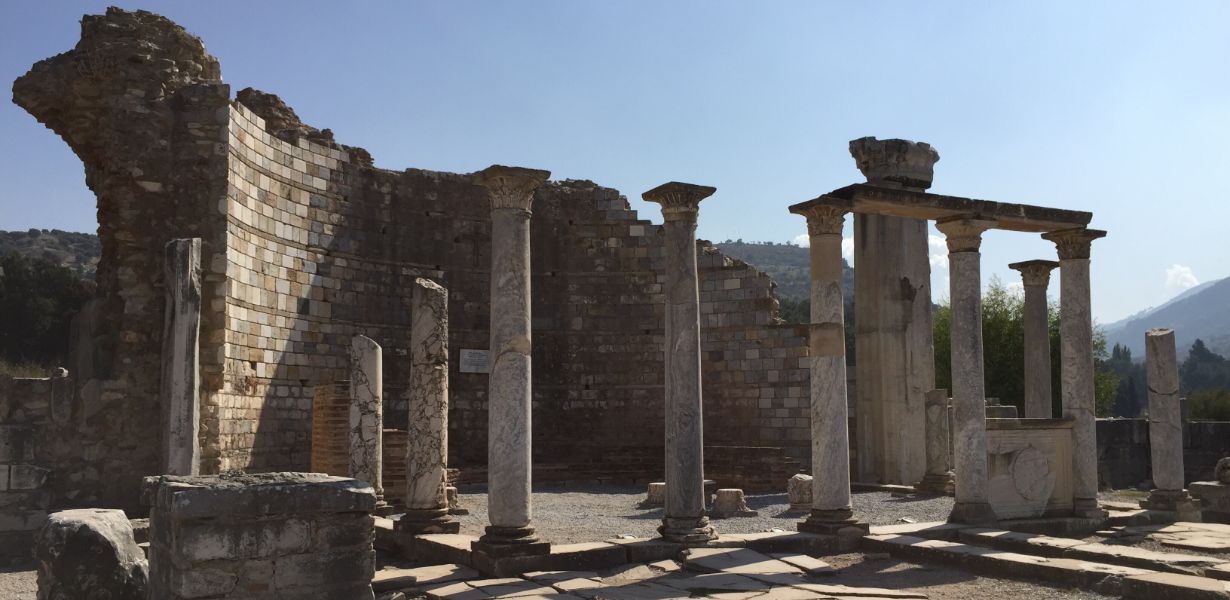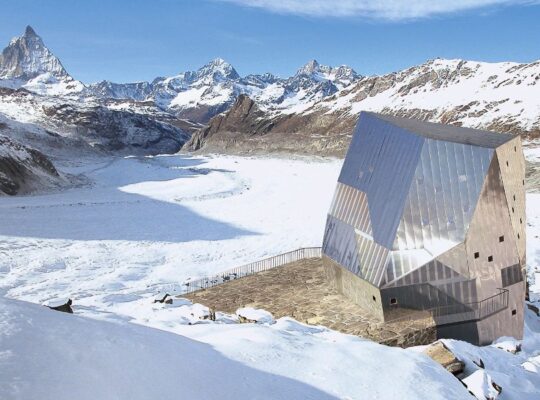We invite you to embark on a captivating journey that transcends time and explores the remarkable intersection of technology and history. Our quest delves into the art of safeguarding and rejuvenating ancient sites, and the pivotal role technology plays in preserving our heritage. This blog unearths the innovative ways in which ancient marvels are brought back to life, so that generations to come may appreciate their rich history.
The Ancient Echoes
An Ode to Timeless Wonders
The allure of ancient sites has been a perennial fascination. From the enigmatic pyramids of Giza to the mesmerizing city of Petra, these structures hold the echoes of a past that still mystifies us. However, the ravages of time, climate, and human activity have taken a toll on these irreplaceable treasures.
The Urgent Need for Preservation
As the custodians of history, we bear the responsibility of preserving the remnants of bygone eras. The need to safeguard ancient sites from erosion, vandalism, and degradation is more critical than ever. This is where technology steps in as our invaluable ally.
The Tech-Preservation Alliance
3D Scanning: Capturing Every Detail
Cutting-edge 3D scanning technology empowers archaeologists and preservationists to capture intricate details of ancient structures. From the ornate carvings on a temple wall to the worn inscriptions on a centuries-old tablet, nothing escapes the scrutiny of precision 3D scans.
LiDAR: Illuminating the Past
LiDAR (Light Detection and Ranging) is revolutionizing the mapping of ancient landscapes. Its laser beams pierce through dense vegetation, unveiling hidden ruins and forgotten city layouts beneath the canopy.
Augmented Reality: Reconstructing Ancient Glory
Augmented reality takes us a step further. By superimposing digital reconstructions onto the physical world, we can virtually restore ancient buildings and streetscapes. Walk through Rome's ancient forum or stroll down the bustling avenues of Pompeii, resurrected in digital form.
The Digital Museum
Preserving Fragile Artifacts
Digitalization extends to delicate artifacts and historical documents. Using high-resolution scans, fragile relics are safeguarded for posterity without the risk of physical handling.
Geographic Information Systems (GIS): Plotting the Past
GIS technology plays a vital role in mapping ancient sites, providing spatial context to structures and artifacts. These precise maps aid in the understanding and management of archaeological sites.
Educating Through Immersion
Enriching Education
Technology is not merely a tool for preservation; it's also a gateway to immersive education. Students and enthusiasts can explore ancient worlds through virtual field trips and interactive apps, making history an engaging experience.
Global Accessibility
VR and AR experiences enable people around the world to explore ancient sites remotely, breaking down geographic barriers and democratizing access to our shared heritage.
Final Words
In a world where the relentless march of time threatens to erase our ancient legacy, technology is the guardian of our shared history. Through 3D scanning, LiDAR, augmented reality, and digitalization, it brings life back to the ancient stones and stories. Together, we can ensure that the past is not lost, but instead, revived for all to cherish.
Commonly Asked Questions
Q1: How accurate are 3D scans of ancient sites and artifacts?
3D scans are highly accurate, capturing even the smallest details of ancient structures and artifacts, making them invaluable for preservation.
Q2: Can anyone access the digital reconstructions created using augmented reality?
Yes, many augmented reality reconstructions are available to the public, allowing everyone to virtually explore the past.
Q3: How does LiDAR technology work in archaeology?
LiDAR technology uses laser beams to create precise maps of ancient landscapes, helping archaeologists discover hidden ruins and understand ancient terrains.
Q4: Are digital artifacts and documents as valuable as physical ones?
Digital artifacts and documents are essential for preserving fragile items without risking damage from physical handling, ensuring their value for research and future generations.
Q5: What is the role of Geographic Information Systems (GIS) in archaeology?
GIS technology helps archaeologists map and analyze ancient sites, providing crucial spatial context to structures and artifacts.












